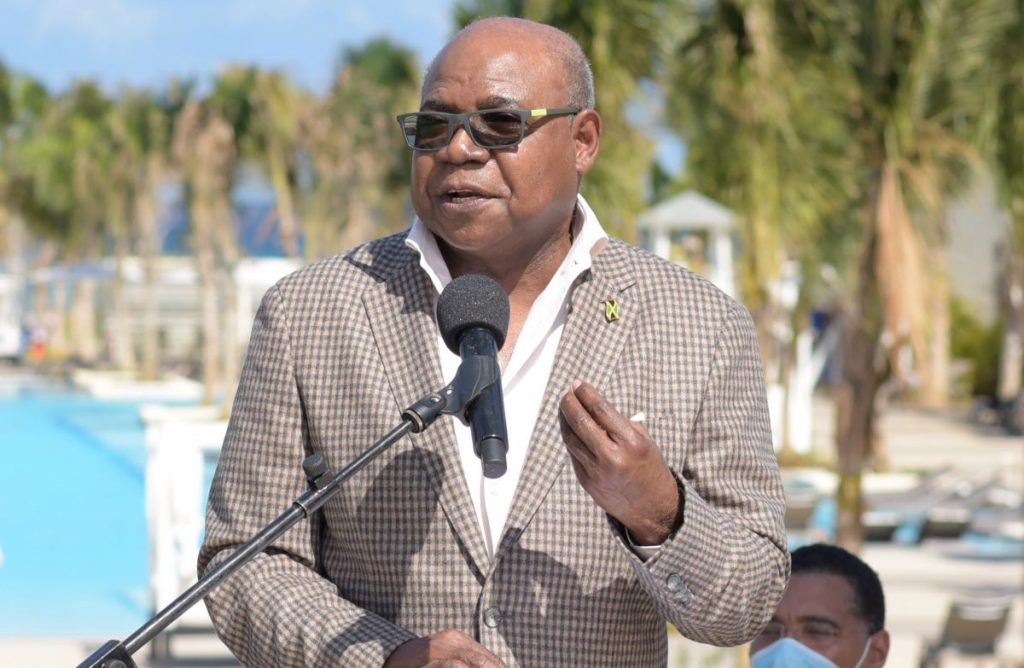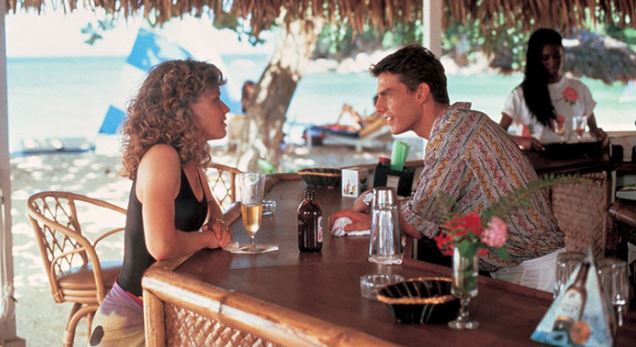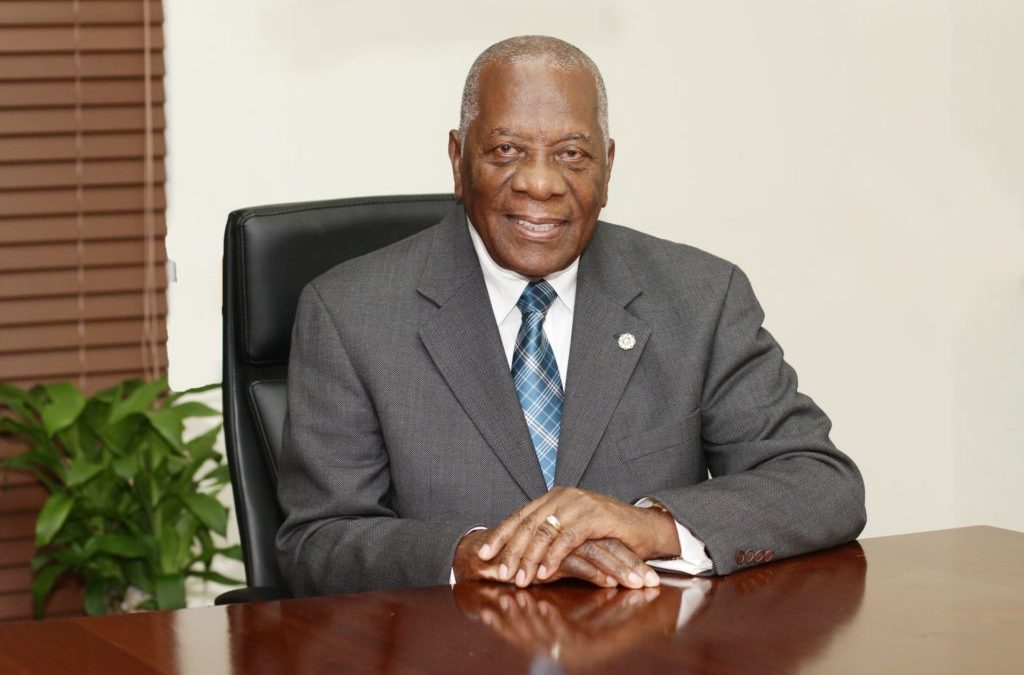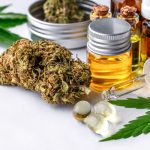Tourism, Jamaica’s main economic engine, has grown exponentially since the island’s shedding of its colonial status on August 6, 1962.
In fact, a closer look at numbers provided by the Jamaica Tourist Board (JTB) will show that the tourism sector has shown strong and sustained growth. Since independence, the total number of visitor arrivals to the island has grown from some 271,692 in 1962 and 670,202 visitor arrivals in 1982 to a total of 2,860,544 visitor arrivals in 2008. This is an annual increase of 5.3 per cent over the 46-year period.
However, what seemed to be stratospheric numbers in 2008 pale in comparison to the numbers seen today, especially within the golden years of 2017 to 2019.
During his contribution to the 2020/2021 Sectoral Debate in the House of Representatives, a proud Minister of Tourism, Edmund Bartlett disclosed that Jamaica welcomed approximately 4.3 million visitors in 2019, comprising 2.7 million stopover arrivals and 1.6 million cruise passengers, whose combined spending contributed to the destination earning US$3.64 billion.

He also noted that stopover arrivals in 2019 increased by 8.4 per cent, over 2018, with each visitor spending an average of 8.6 nights. Overall foreign exchange earnings increased by 10.3 per cent, up from US$3.3 billion in 2018.
Bartlett said the room stock in 2019 was approximately 33,000, which represented more than 1,200 new rooms, “encompassing” the north coast and Kingston. The minister also pointed out that the government has been steadily repositioning tourism to ensure that there is greater local retention of revenues.
He said while nostalgia has always been an important part of the human psyche, it’s only natural to see how far the tourism industry has come during the post-colonial era.
“If we want to go as far back as 1962 when we became an independent nation, Jamaica has consistently been seen as one of the best-known resort vacation destinations in the world,” says Bartlett.
“Known then for its pristine white sand beaches… coupled with the beautiful Caribbean Sea backdrop… Jamaica was also considered a happy hunting ground for the rich and well-to-do where familiar names like Actor Errol Flynn, Ian Fleming of James Bond 007 fame, Writer Noel Coward, Actors Sean Connery, Steve McQueen … and of course the great actress Kathryn Hepburn all came calling to what was considered the jewel of the Caribbean,” he added.
The minister said it is also an open secret that Hollywood sees Jamaica as one of the perfect movie locations and where global cinema hits such as Dr No, The Mighty Quinn, Club Paradise, Blue Lagoon, Papillion, Cocktail, How Stella Got Her Groove Back and, most recently, the James Bond Thriller No Time to Die were all entirely or partially filmed here.

“It was love at first sight with Hollywood. No, we didn’t have the huge luxury resorts, the head turning attractions or even the mega cruise liners of today,” Bartlett adds. “But what we certainly had was the sand, sun, and the sea… in all its glory and natural beauty. That was the basis and the foundation from where our tourism has evolved.”
For Chairman of the Tourism Enhancement Fund (TEF) and Montego Bay businessman, Godfrey Dyer it shouldn’t come as a surprise to anyone that Jamaica’s tourism has grown exponentially over the years to where it is today.
“My first foray or introduction to the sector was when I was a police officer and came to Montego Bay for a special assignment at the Sangster International Airport in 1963,” he says.
He adds that he retired from the force in 1972 after which he went into villa management among other things. He later purchased the Wexford Court Hotel where he spent 29 years, which according to him, “gave me a front row seat to the ins and outs of tourism”.

The TEF chairman says that while the island’s tourism sector was finding its footing from the romantic 1960s into the roaring 1970s, 80s and beyond, it was airline connectivity where commercial jet routes, first from Miami then direct from New York and London, which made it easier for tourists to reach Jamaica.
He says the influx of foreign capital and some very enterprising investors led to more accommodation and restaurants, and from where stopover arrival and cruise shipping started to evolve.
“When all else failed, there became this heavy reliance on tourism as through the years it has been the one industry that consistently demonstrates a high level of profitability and dependability,” he says. “It has been a true engine and a driver of economic growth.”
Jamaican (Port Antonio) born, and North Carolina resident George Spaulding says his fondest tourism memory was in 1972 when he got a job on Norwegian Cruise Line’s MS Southward.
“Port Antonio back then was considered the cradle of Jamaica’s tourism… especially cruise shipping,” he says.
“Norwegian Cruise Lines had probably some of the earliest history with Jamaica and used to send some of their best ships to the Ken Wright Pier in Port Antonio. Other than MS Southward, there were the MS Starward, MS Skyward and the MS Sunward. They were yesterday’s big ships [boutique vessels today] but a far cry and nowhere near the giant mega liners of today.”
For his part, Ocho Rios’ Double V Plaza and Shopping Centre Owner Collin Mills says that while tourism is seeing a boom today that few persons could have predicted, he is very happy to have had a ringside seat in watching and experiencing the industry’s growth.
Mills, a boyhood friend of late Sandals Resorts boss Gordon “Butch” Stewart, says the all-inclusive hotels deserve a lot of the credit for the success of tourism.
“It all started with the European Plan hotels… which have been a mainstay of the sector… But the all-inclusives must be commended for taking the baton and turning our stopover arrival figures around. The attractions too have also played an integral role,” he says.





































































































































































































































